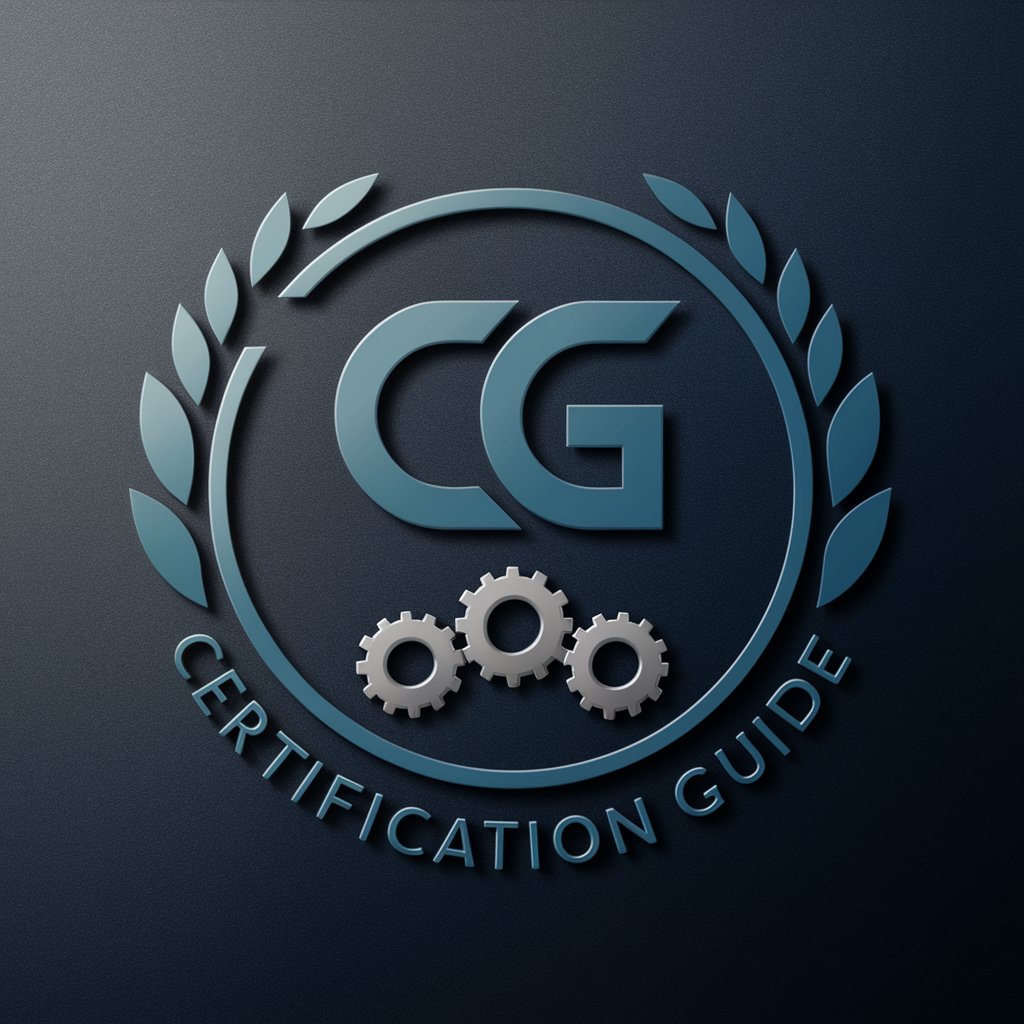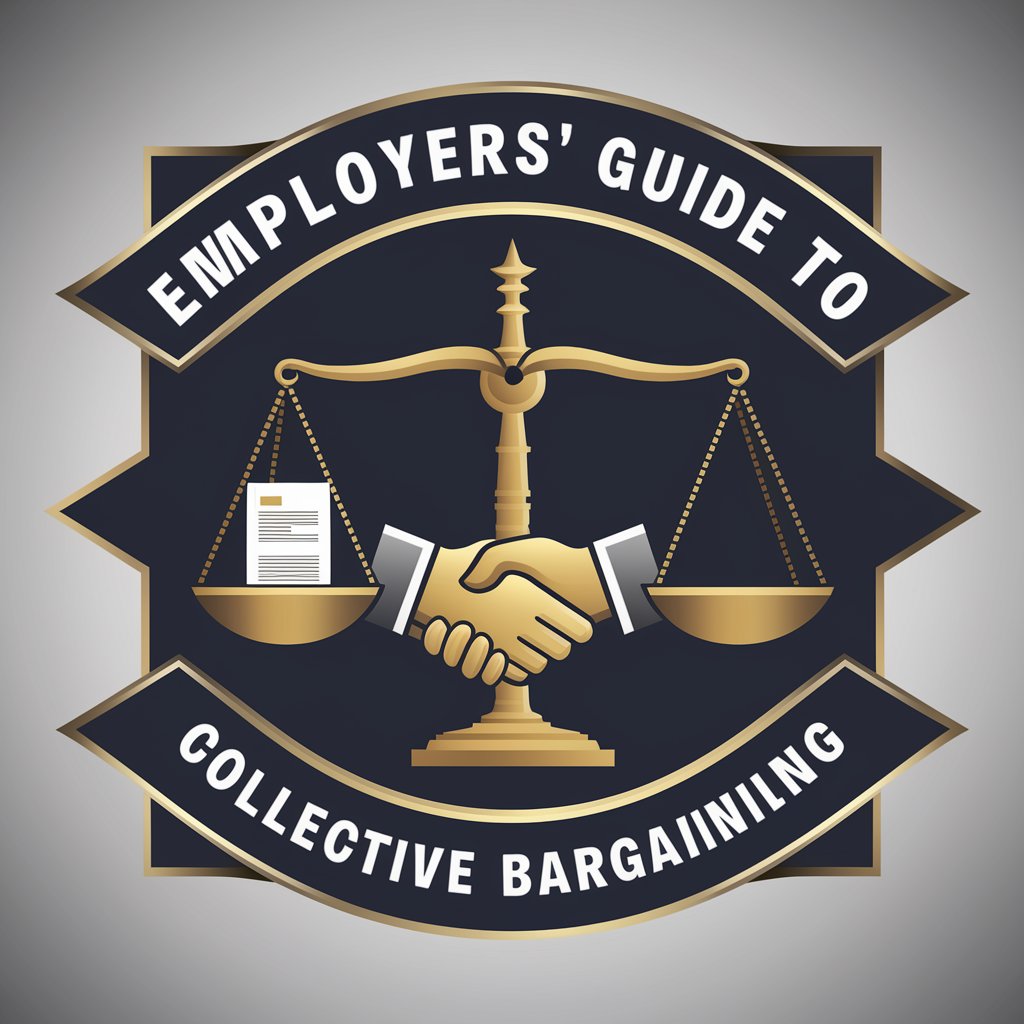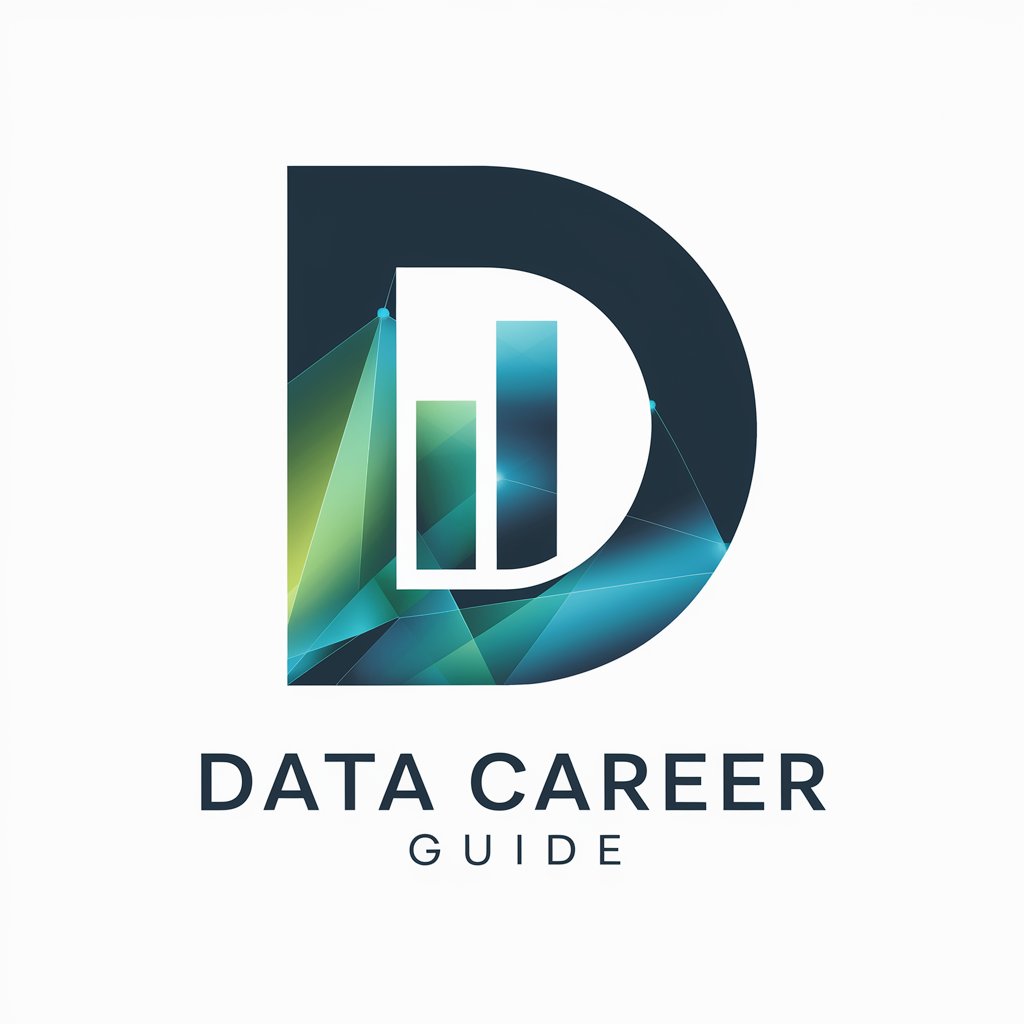
Worker Classification Guide - Worker Classification Assistant
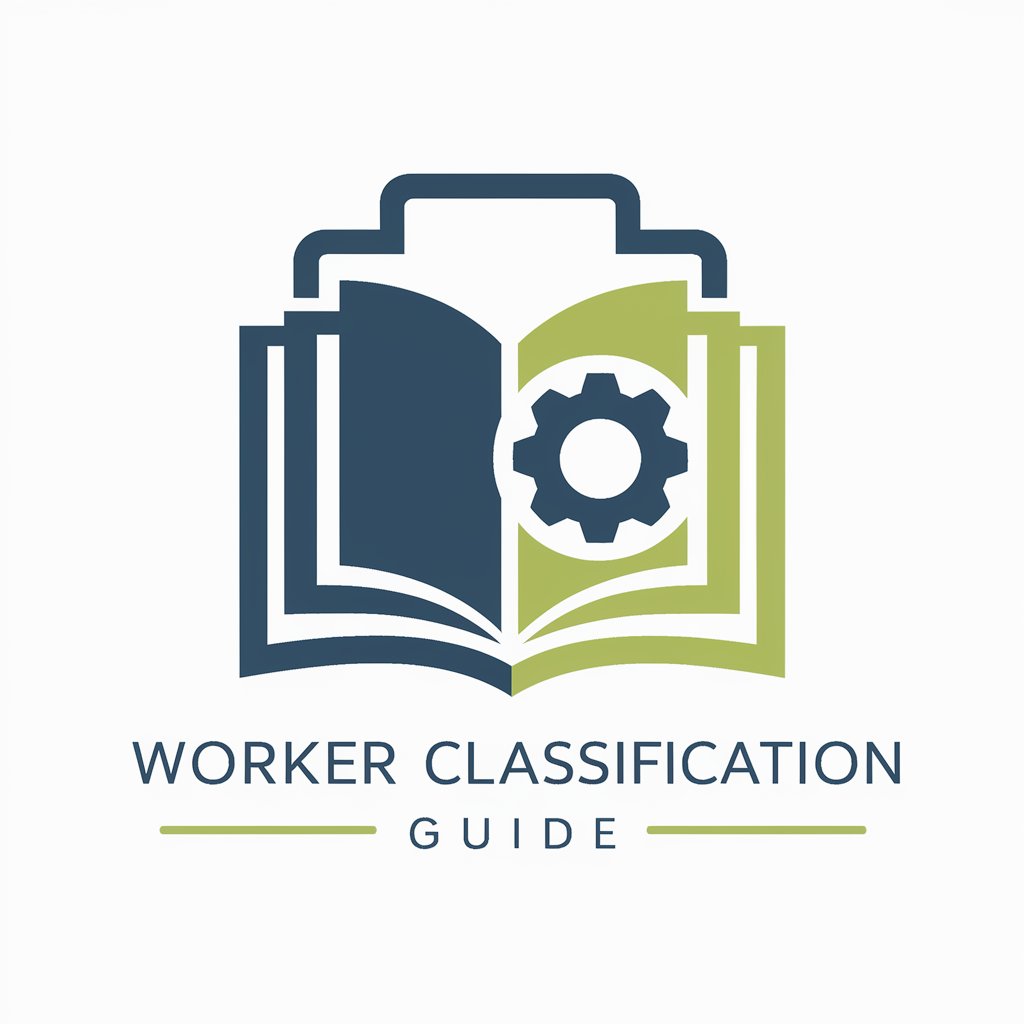
Welcome! I'm here to help you navigate the new Worker Classification Rule.
AI-powered Worker Classification Insight
Explain the key differences between an independent contractor and an employee under the new rule.
What are the primary factors in the independent contractor vs employee test?
How does the new Worker Classification Rule impact gig workers?
What steps should a business take to ensure compliance with the new rule?
Get Embed Code
Overview of Worker Classification Guide
The Worker Classification Guide is designed as a specialized tool to assist various stakeholders in understanding and complying with the Final Rule on Employee or Independent Contractor Classification under the Fair Labor Standards Act. This guide is aimed at clarifying whether a worker should be classified as an employee or an independent contractor, which has significant implications for wages, benefits, and protections. For example, a small business owner unsure about the criteria for classifying new hires could use the guide to access resources and direct consultations to ensure they meet legal requirements, avoiding costly legal penalties. Powered by ChatGPT-4o。

Core Functions of Worker Classification Guide
Interactive Checklists
Example
A gig economy platform evaluates their model to determine if their gig workers should be classified as employees. Using the interactive checklist, they assess factors such as degree of control over work and the worker's opportunity for profit and loss, aligning their operations with the new rule.
Scenario
An HR manager uses the checklist to review current contractual arrangements and ensures that all factors are documented and meet the compliance standards.
Educational Resources
Example
A freelance graphic designer uses the educational resources to understand how their freedom to work with multiple clients affects their classification status.
Scenario
Educational webinars and downloadable guides help a contractor understand the nuances of the rule, enabling them to renegotiate their terms with clients to maintain independent status.
Direct Consultation Booking
Example
A software development firm books a consultation to review their freelancers' status under the new guidelines, ensuring they are not misclassified under the updated rules.
Scenario
Through direct consultation, a business receives tailored advice on structuring their contracts with developers to comply with the classification criteria.
Target User Groups for Worker Classification Guide
Small to Medium Business Owners
These users benefit by ensuring that their worker classification practices comply with federal standards, thereby avoiding legal repercussions and penalties. The guide helps them understand complex regulations and apply them accurately in their business operations.
Gig Workers and Freelancers
Individuals in gig economy roles or as freelancers use the guide to understand their rights and ensure they are classified correctly, which directly impacts their job security, benefits, and tax obligations.
HR Professionals and Legal Advisors
These professionals utilize the guide to stay informed about the latest regulatory changes and best practices, ensuring their organizations or clients adhere to lawful employment practices.

How to Use Worker Classification Guide
Start Free Trial
Visit yeschat.ai to begin your free trial without the need for a login or ChatGPT Plus subscription.
Explore Resources
Browse through FAQs, interactive checklists, webinars, and educational resources to familiarize yourself with the tool and worker classification topics.
Use Interactive Tools
Utilize interactive checklists and tools to evaluate your specific situation regarding employee or independent contractor classification.
Join Community Forum
Engage with the community forum to discuss questions and share insights about worker classification with peers and experts.
Schedule Consultation
For personalized guidance, book a direct consultation with a specialist through the platform.
Try other advanced and practical GPTs
Care Worker
AI-Powered Guidance for Caregivers

Citation and Reference Finder
Streamlining Academic Research with AI
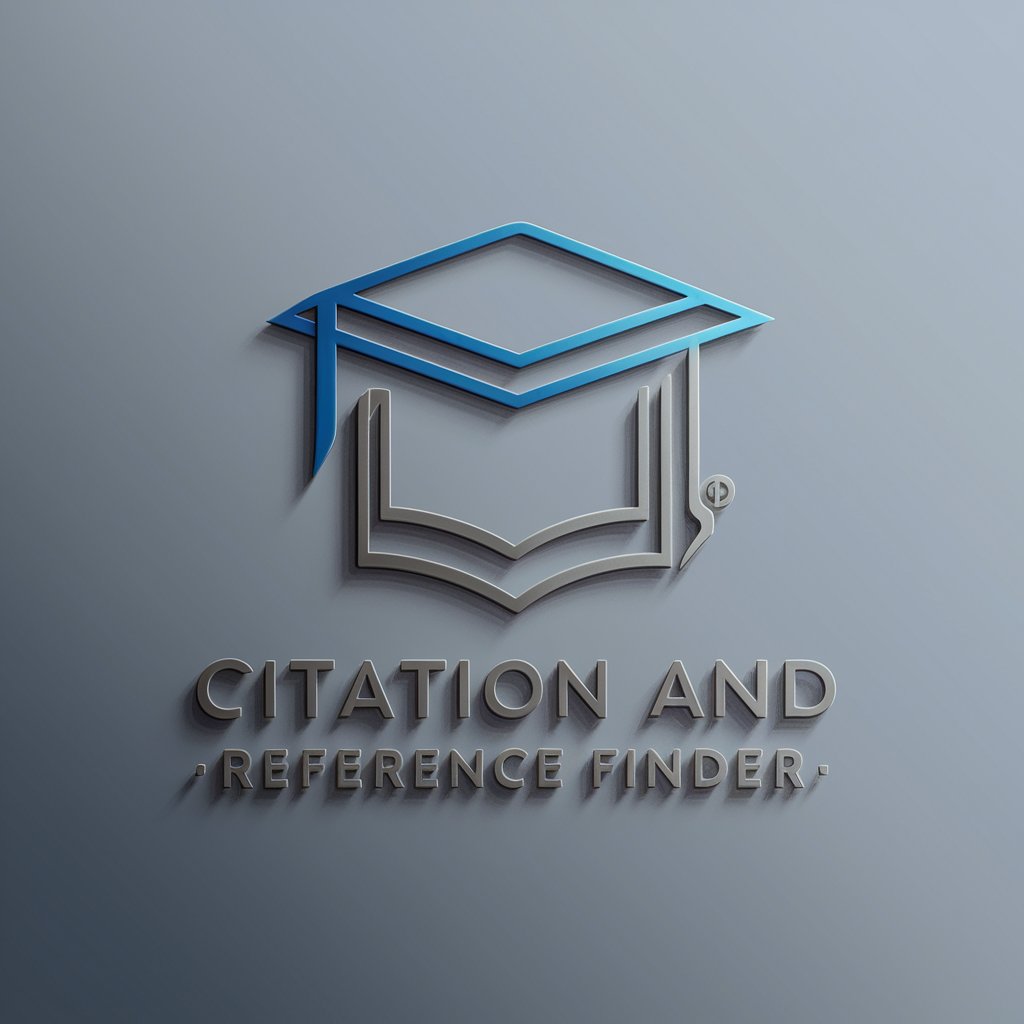
Allie - Web Accessibility Reference
Empowering digital inclusivity with AI

Reference Scout
Empowering insights with AI-driven research

APA Reference Helper
Automating Precise APA Citations
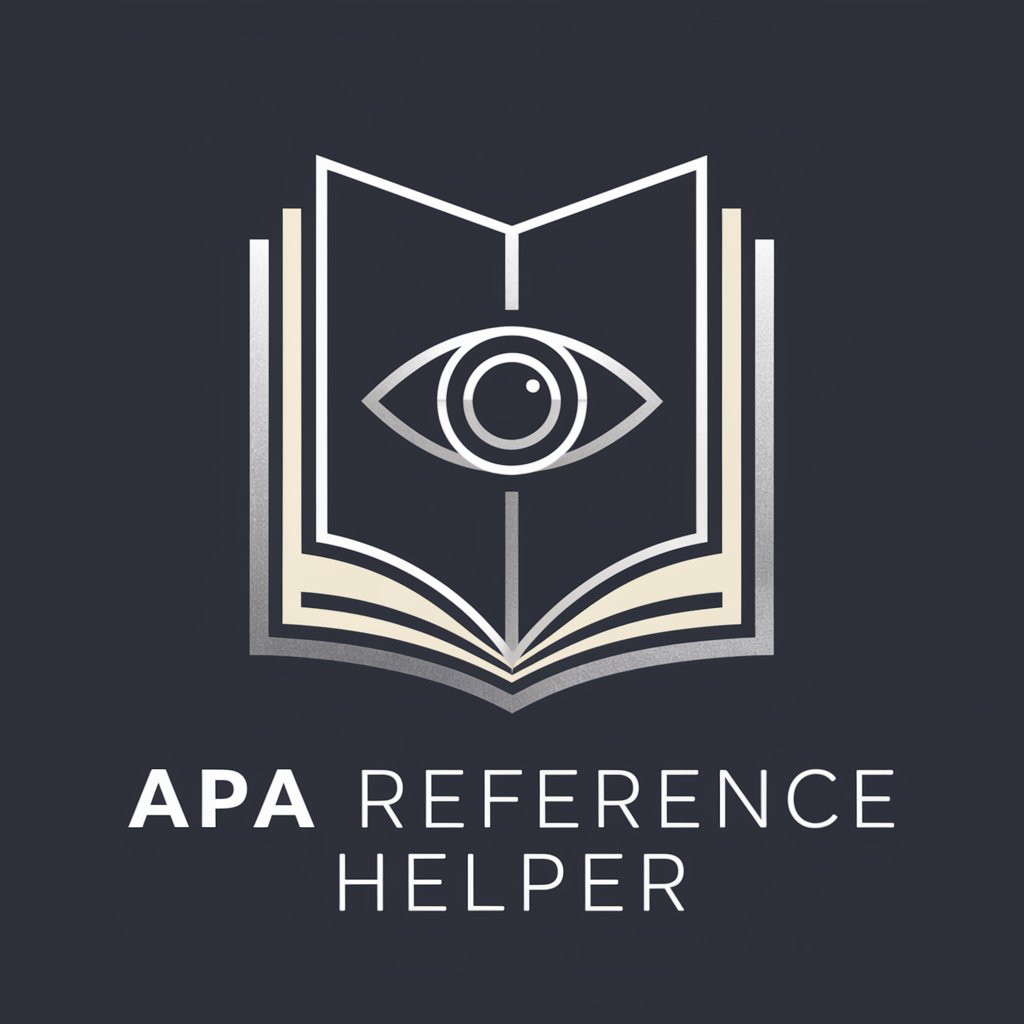
Reference Letter and Email Expert
AI-powered Reference Crafting Simplified

Boss and Worker Mode
Switch Seamlessly: Boss to Worker AI

Remote Worker Games
Bringing teams together with AI-powered fun.
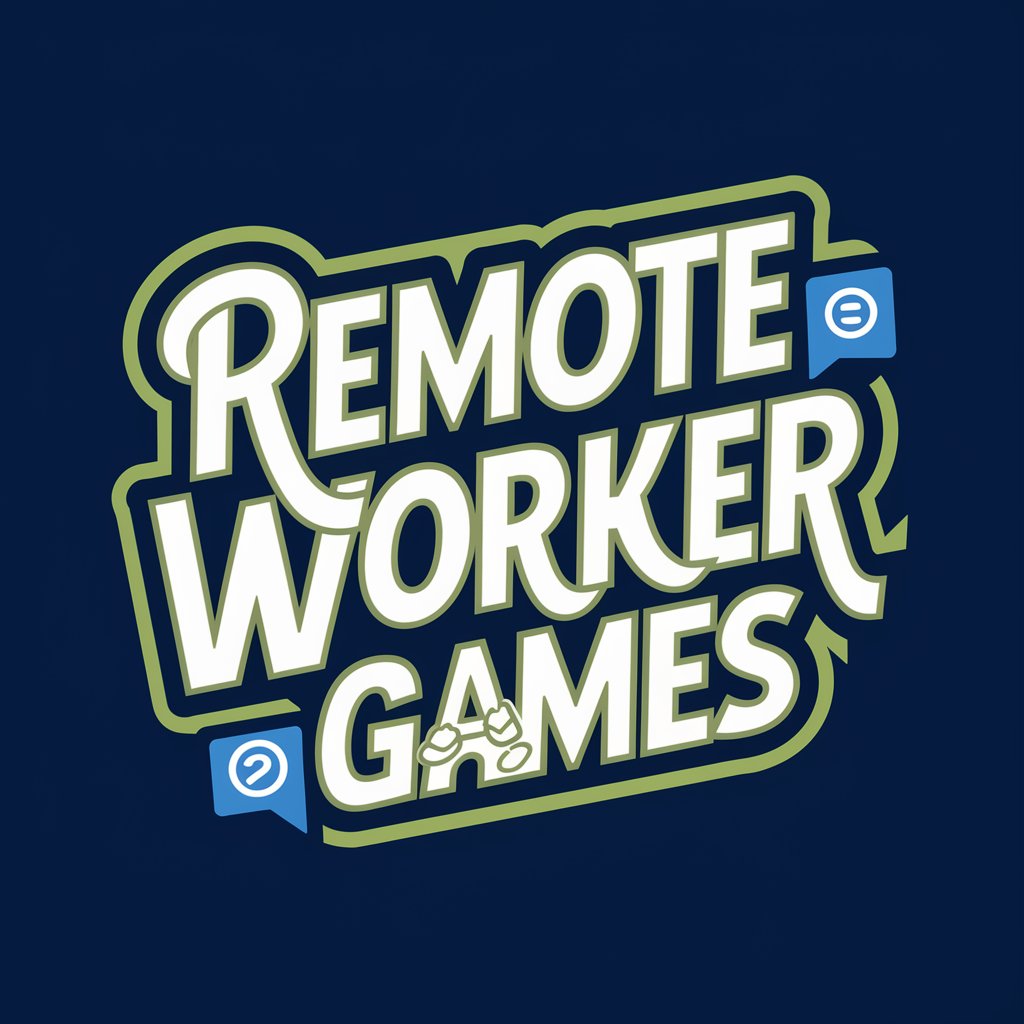
Office Worker Health Advisor
Elevating Office Health with AI
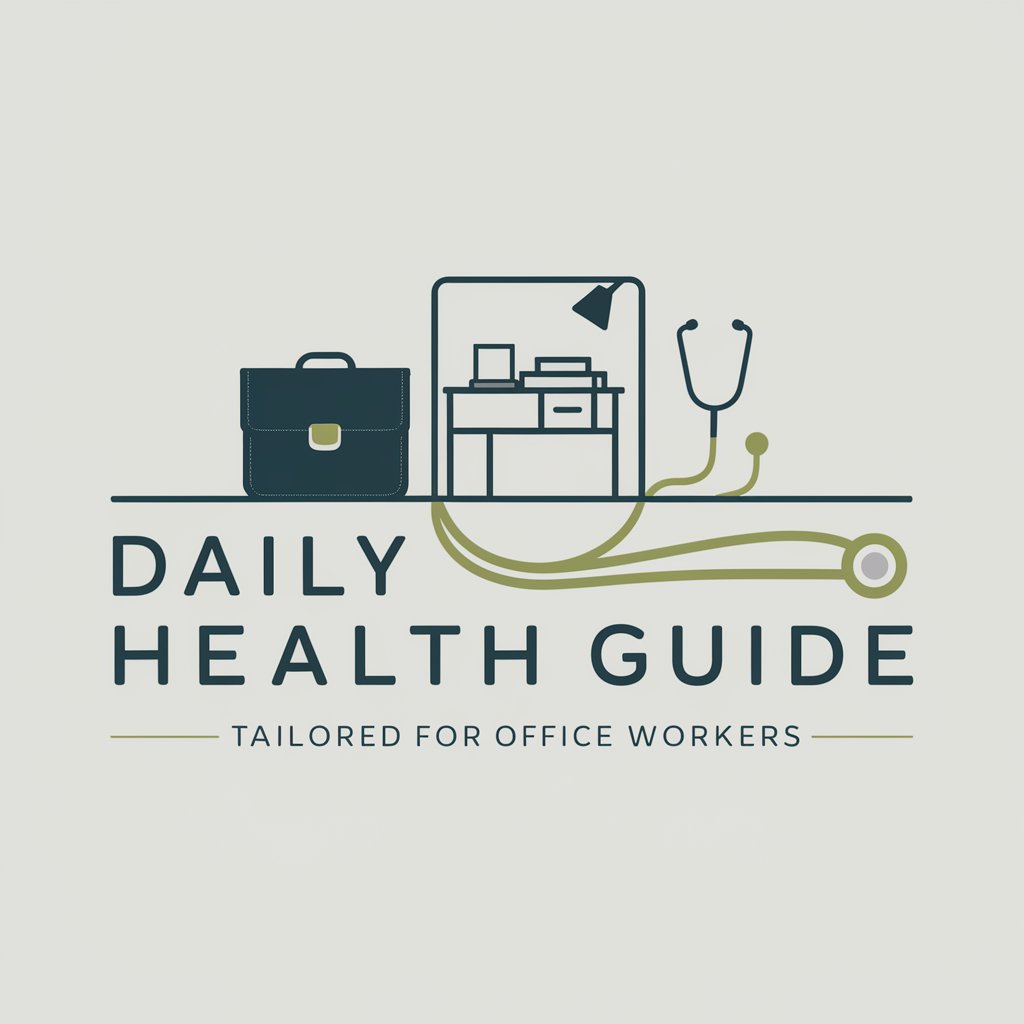
Dream Worker
Unlock the Secrets of Your Dreams

E-OTIS Worker
Empowering Decisions with AI-Powered Insights

Social Worker (Ms. Jennifer)
Empowering lives with AI-driven social support
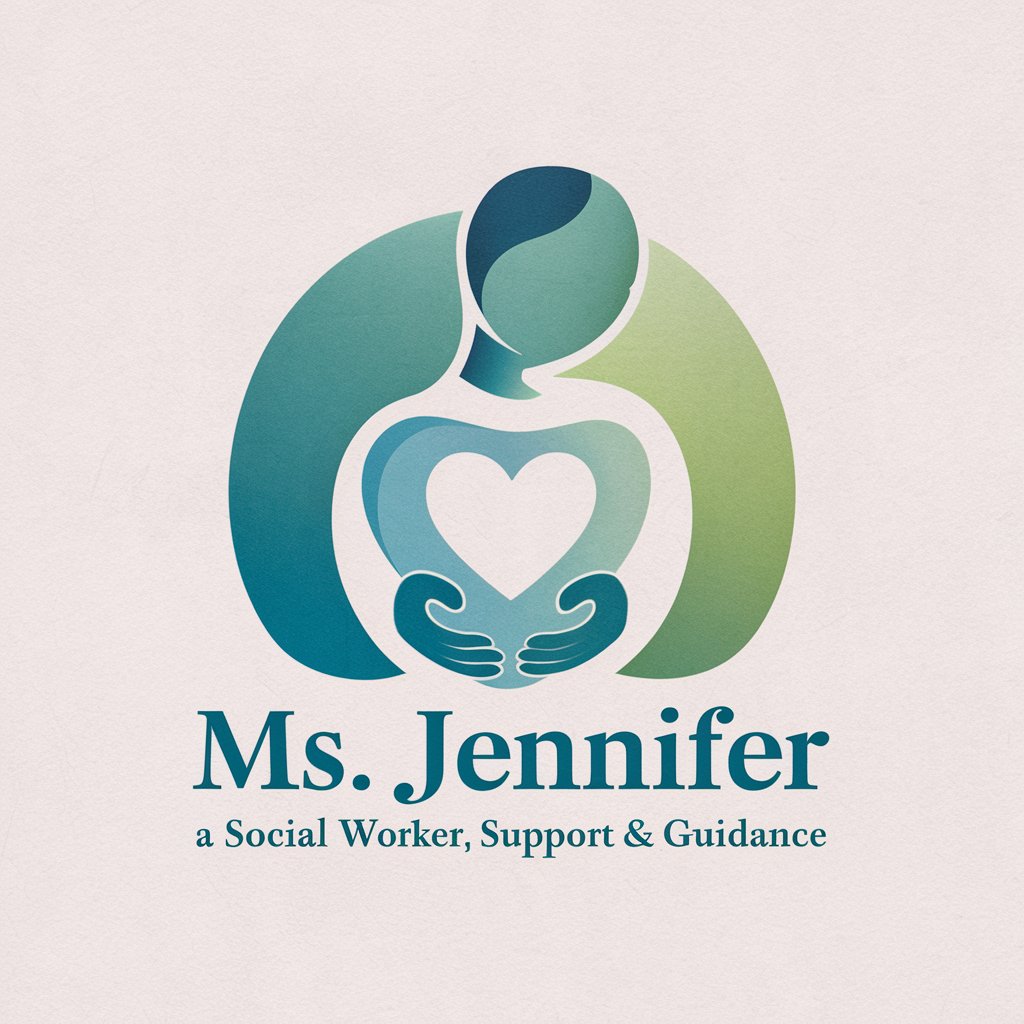
Frequently Asked Questions About Worker Classification Guide
What is the purpose of the Worker Classification Guide?
The Worker Classification Guide is designed to help businesses, contractors, and gig workers understand and navigate the complexities of the new Final Rule under the Fair Labor Standards Act for classifying workers as employees or independent contractors.
How can the interactive checklists help me?
The interactive checklists guide you through a series of questions that help determine the classification of workers based on specific criteria outlined in the new rule, ensuring compliance with regulatory standards.
What type of educational resources does the guide offer?
The guide offers webinars, detailed articles, and updates on legislation that explain the implications of worker classification, practical tips, and the latest developments in labor laws.
Can I get direct legal advice from the Worker Classification Guide?
While the guide provides general information and resources, it does not replace direct legal advice. However, you can book consultations with specialists who can provide tailored legal guidance.
How often is the information in the guide updated?
The content within the guide is regularly updated to reflect the latest legal changes, court rulings, and administrative updates to ensure that users have access to the most current information.
